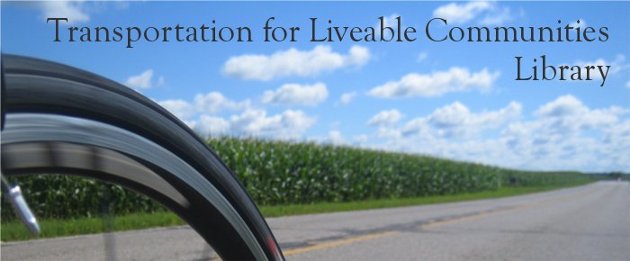Roads make up the largest part of the city’s infrastructure deficit of $195 million a year.
Taxpayers get to keep a whopping $27
City hall has whittled down this year’s projected 2.4 per cent residential tax hike to 1.6 per cent — or an extra $53 on the average homeowner’s tax bill.
“That’s the lowest tax increase since amalgamation,” city finance chief Rob Rossini told councillors Thursday afternoon. “We’ve identified an additional $6.4 million in budget reductions.”
The new budget numbers come in the face of council’s resolve to achieve a zero increase to the tax levy with no cuts to service levels.
“Are we finished? No. How close we get to zero remains to be seen,” Rossini said.
The overall projected residential tax hike includes a .6 per cent increase for city departments, .6 per cent for boards and agencies, and .5 per cent for capital projects.
The total 1.6 per cent tax hike represents the weighted average of a 1.7 per cent total municipal tax hike and a .7 per cent education tax hike. Municipal taxes make up 80 per cent of the total residential tax bill and education 20 per cent. The average assessed house in Hamilton is $240,000.
“I was concerned that we would do something extreme that would put us in a difficult position next year,” Mayor Bob Bratina said. “The key question was if these reductions are sustainable or are they something we have to come back and fix next year.”
The budget process has been rife with major impact items, including labour relations, Ontario Municipal Employees Retirement System issues, cost of living allowances, a 5 per cent increase in the police budget and infrastructure costs, Rossini said.
Unlike Councillor Lloyd Ferguson, who said he still has questions about the police budget’s 5 per cent increase, Bratina said he had complete confidence in Chief Glenn De Caire’s “analysis of the needs of his department and the city.”
The tax hike decrease includes an $83.6-million — .5 per cent — capital budget levy approved by the general issues committee Thursday. Staff had recommended a 1.5 per cent capital budget levy increase but had to find about $7.4 million in savings by parking some projects, deferring others, and killing some altogether.
Among the delayed and deferred projects are the Hamilton Culture and Protocol Centre at Auchmar Estate, an antismoking education and signage program for parks and recreation areas, public art, Battlefield Park’s War of 1812 site interpretation, and Hamilton’s east-end air monitoring pilot project.
“Council wanted to focus on hard infrastructure, particularly our local roads program, so we were able to accommodate an $8 million increase to our local roads, which are on a replacement cycle right now of over 100 years, which is crazy,” Rossini said.
Roads make up the largest part of the city’s infrastructure deficit of $195 million a year.
http://www.thespec.com/news/local/article/496070--taxpayers-get-to-keep-a-whopping-27
